The Duke of Wellington went to Brussels to head an Allied army of British soldiers, Hanoverian regiments and units from the new nation of the Netherlands, just created in Vienna, which united Holland and the area of Belgium, which had been under French and Austrian domination for many years. The Prussians assembled their army and started marching west.
In the great park in Brussels in the days before the great battle, the diarist Thomas Creevey met Wellington and asked how he thought the contest would go. Wellington gestured to a British soldier walking in the parc. “There,” he said, “It depends all upon that article whether we do the business or not.” This was the ragtag army that Wellington called “infamous.” ]
Everyone expected that Napoleon would hurry into battle to recapture Brussels, a smashing propaganda victory as well as a military and strategic move – and before the Austrian and Russian armies had fully mobilized. Below, the tower of Bruxelles Hotel de Ville (Brussels City Hall), dating from 1455; R. Parc de Bruxelles,completed in the late 18th century, a gathering place for residents, visitors, and the military in central Brussels.
After peace had been declared in 1814, many British families moved to Brussels, as well as elsewhere on the continent. Some did this to save money, others to widen their horizons, previously limited by the French domination of the continent. Among the noble families were the Duke and Duchess of Richmond, with their children. Once Napoleon was known to be assembling an army, Brussels was full of fearful gossip and rumors spread quickly.
The Duke of Wellington was eager to prevent large-scale civilian panic and flight from Brussels. He wanted the roads kept clear so that the army could move rapidly. So he went to parties and concerts in Brussels, claiming to one and all that nothing was happening --yet. He assured the Duchess of Richmond that her ball on Thursday, the 15th of June, could go forward as planned. This was the event heralded in literature and legend when Wellington was brought news at the ball that Napoleon’s troops had crossed out of France and were moving toward Brussels.
Wellington immediately mobilised his forces and sent all the officers – many straight from the ballroom – to march their troops south. Here was the great romantic scene of men kissing their wives and lovers goodbye…off to the battle, many never to return. Some of the allied army units in forward positions were already encountering the French scouts and skirmishers.
Below, L, The Duchess of Richmond's Ball, June 15, 1815; R, Summoned to Waterloo (from the Ball); both paintings by Robert Alexander Hillingford, in the 1870's
Waterloo is in the present day nation of Belgium, north of France; Paris to Brussels is a distance of 160 miles. From the French border to Brussels is a bit over forty miles. Waterloo is a village about a mile from the battle site. Brussels is just eight or nine miles to the north, beyond a forest. The area today has modern motorways and railroads, but it is essentially still small towns, hamlets, and farms. The duke had scouted out the are months before, deciding it was ideal for a battleground, having the kind of rolling hills he liked, behind which his troops could lie prone, out of sight of the enemy and the artillery, standing up and firing point blank into the attacking columns of the enemy.
On June 16th, more and more British and Allied troops arrived at Quatre Bras – a dozen mile south of Waterloo – an important crossroads. Here they fought the French troops moving north. Neither side could boast a clear victory, but the French momentum was halted. Meanwhile, to the west a dozen miles, Napoleon had half his army fighting the Prussians at Ligny. Eventually, the French triumphed and drove back the Prussians. However, in the battle confusion most of the Prussian army escaped. Napoleon assumed they had marched east back toward their homeland. He sent most of this half of his army after them…in the wrong direction. Instead, the Prussians had withdrawn to the north where they could be in support of the British to the west.
On June 17, Wellington withdrew his army to Waterloo, or more precisely to Mount St. Jean. Heavy rain continued most of the day, making the ground into a sea of mud. The Duke counted on Blucher’s Prussian troops to join him during the day on Sunday, June 18. Napoleon’s forces from Quatre Bras marched after the British and Allied troops and in the morning of June 18, the two armies were encamped in the cold and mud across the fields of rye and wheat.
Below, L, The Battlefield at Waterloo, June 17, 2010; R, Napleon's Headquarters at Caillou, June 17, 2010.
There are many accounts of the battle details, the see-sawing nature of the fighting, the waves of troops, the cavalry charges, the cannons firing over and over again, with speculation about all the “what-ifs” you can imagine. By late afternoon, the ground was littered with dead men and horses, ruins of farmhouses and chateaus, broken wagons and guns, all covered with mud and under a canopy of smoke and noises no one would ever wish to hear again.
In early evening, the French Imperial Guard, the most feared troops in Europe, made a last charge at the center of the British lines – Napoleon having disregarded the advice of some generals who had fought the Duke before – "Up Guards and ready', was the shout from the Duke. Suddenly the approaching French were facing a wall of British soldiers firing into their faces. Ultimately, the Guard either turned and ran or in some cases kept going to certain death. The long day was almost over.
Below, Wellington by George Dawe; The Battle of Waterloo by William Sadler
Meanwhile, the Prussians had been arriving from the east and retaking hamlets the French had overrun earlier. Before long, the entire French Army had begun to flee south. Napoleon himself had to abandon his carriage and escaped on horseback. Just a few more days, and the war was over. The Allies entered Paris again; Napoleon surrendered, this time to be sent to the remote South Atlantic Island of St Helena where he died in 1821.
Sadly, we have no report from Jane Austen of the victorious tidings reaching her. It was June 21, 1815, before Wellington’s despatches reached London. The City went wild with celebration, as did most of the country towns and villages. But where Jane Austen was and what she was doing at the time remains a mystery to us.
We do know that a few months later, in November 1815, she was in London working on her manuscript. She was invited to the Prince Regent’s elaborate residence Carlton House to meet with his librarian James Stanier Clarke, who requested that she dedicate her next novel to the Prince. Which she did in a rather ironical way.
When Emma was printed in March of 1816, Jane wrote this dedication to the Prince: TO HIS ROYAL HIGHNESS THE PRINCE REGENT, THIS WORK IS, BY HIS ROYAL HIGHNESS’S PERMISSION, MOST RESPECTFULLY DEDICATED, BY HIS ROYAL HIGHNESS’S DUTIFUL AND OBEDIENT HUMBLE SERVANT, THE AUTHOR.
Whether Miss Austen had no occasion to write down her thoughts about the end of the war to any of her correspondents, or whether she was too involved in her writing and editing activities we do not know. Perhaps her views were among those destroyed or never preserved. One concern she might have had was the fact that her brothers in the Royal Navy might soon have to return to England and live on half-pay when the navy underwent some reduction in force.
We can only speculate about how pleased Jane and her family would be at the victory over Napoleon. Or how horrified they were at the great lose of life. It all has to live in our imaginations.
Below, L, James Stanier Clarke (1766-1834), Librarian to the Prince Regent, who met with Jane Austen at Carlton House; an unidentified sketch in Clarke's Friendship Book, dated 1815, and suspected to be his watercolour of his visitor, Miss Jane Austen.

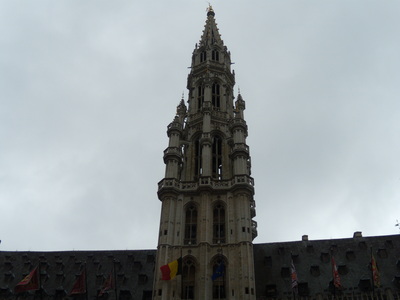

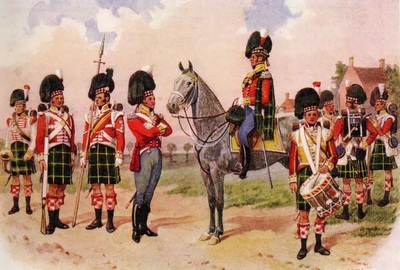
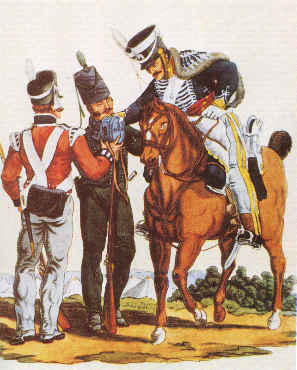
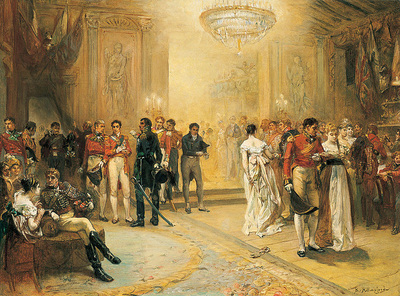
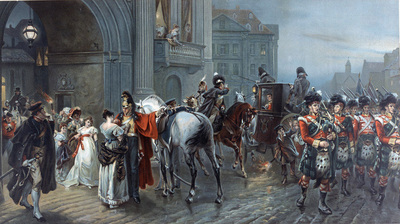
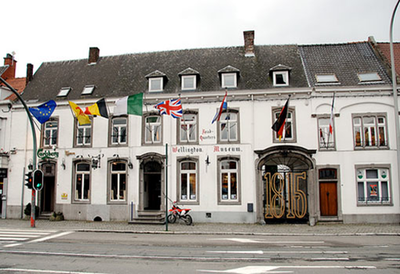

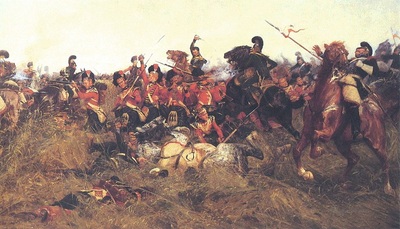



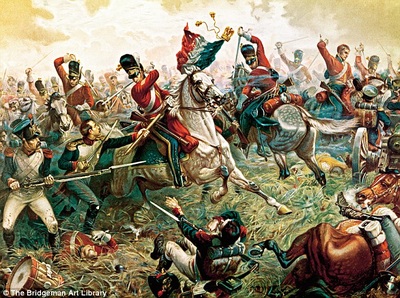

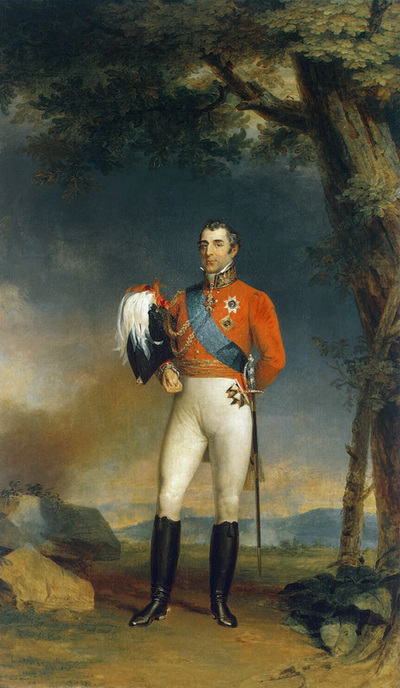

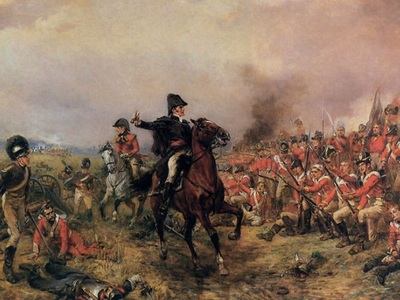
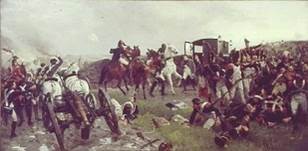
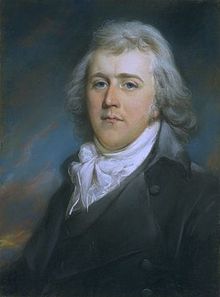
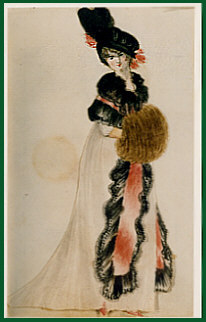
 RSS Feed
RSS Feed